Are Female Athletes More Prone to Sports Injuries Than Males?
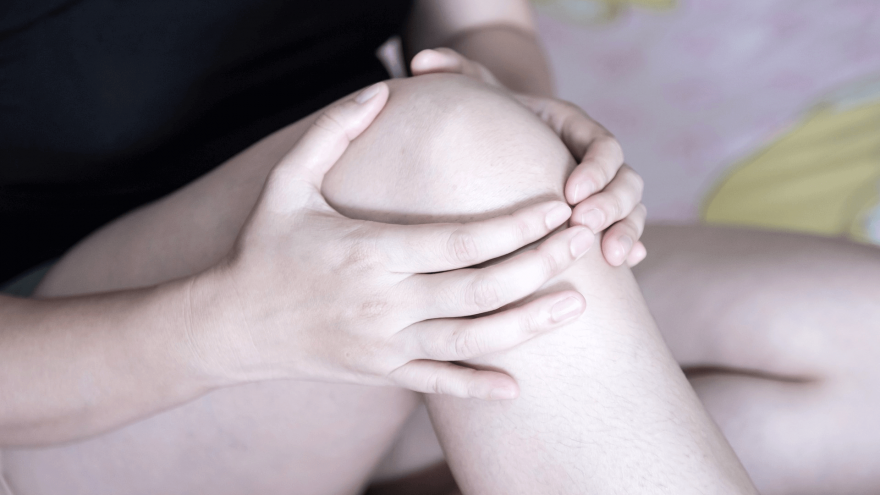
The quest for gender equality in sports has received a lot of attention over the past couple of decades. And while a lot more can no doubt be done in this regard, recent research findings have brought to light one gender gap that may be a little harder to eradicate. Like it or not, a number of research studies have confirmed that female athletes are more prone to certain sports injuries than their male counterparts.
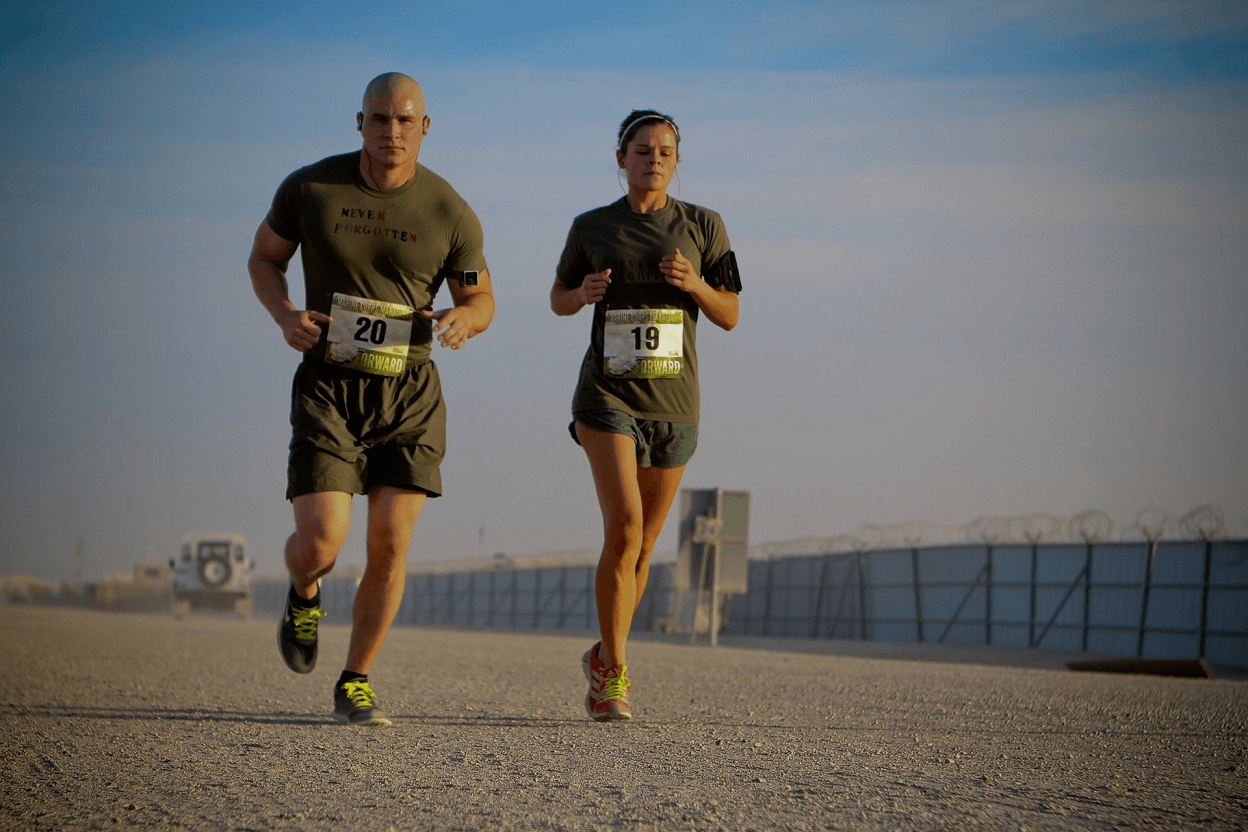
What type of sports injuries are common among women?
And while this isn’t true for all sports injuries across the board, female athletes are prone to suffering from the following:
- Ankle sprains. This is the most common sports injury for both sexes, but women are even more prone to it than men.
- Shoulder injuries. Rotator cuff issues (including tendinitis) and instability are particularly common among women.
- Hip injuries. A 2016 study published in the Journal of Athletic Training found that “the injury rate in women’s cross-country was 1.25 times that of men’s cross-country”. The hip/groin injury rate, specifically, was significantly higher in females than in males in this study.
- Knee injuries. Patellofemoral syndrome (i.e. irritation that occurs under the knee cap), as well as ligament damage (especially to the anterior cruciate ligament or ACL), is common in female athletes. In fact, research has shown that injuries of the ACL are four to six times more common in women athletes than in men playing the same high-risk sports. Knee injuries are particularly common in female soccer and basketball players.
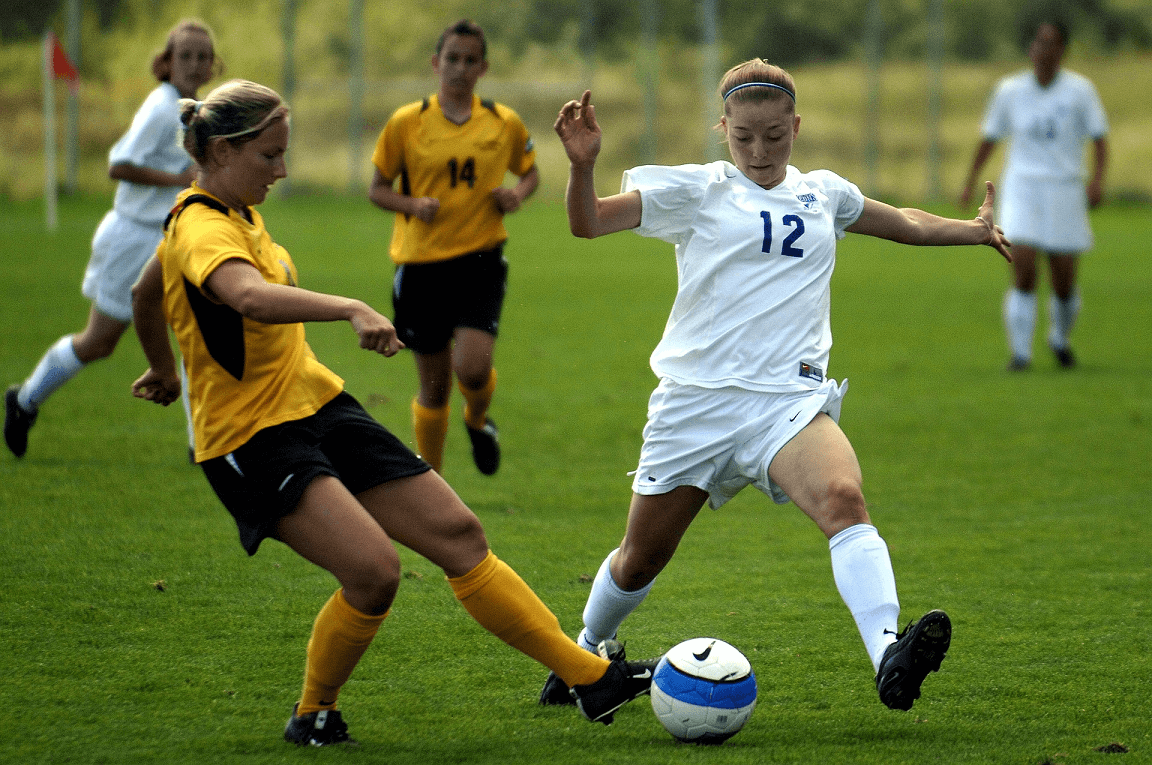
- Stress fractures. Frequently occurring in the foot or lower leg, stress fractures are often found among women who train hard but don’t consume enough calories and nutrients. (This often goes hand in hand with irregular periods and a decrease in bone density.) Eating disorders sometimes also play a contributing role in this regard.
- Plantar fasciitis. Dreaded by all, this proverbial thorn in the flesh often results from flat feet or the abnormal alignment of the foot in females.
Why are women more prone to these injuries?
But why exactly are women at what appears to be an unfair disadvantage? Why are they more prone to certain injuries than their male counterparts? While many questions remain unanswered in this regard, it is speculated that the following factors may be to blame:
- Higher estrogen levels in females, coupled with more body fat and less muscle mass when compared to males.
- Less powerful muscles, coupled with greater flexibility as a result of looser ligaments.
- Muscle strength imbalances.
- A wider pelvis, which, in turn, impacts on the alignment of the ankles and knees.
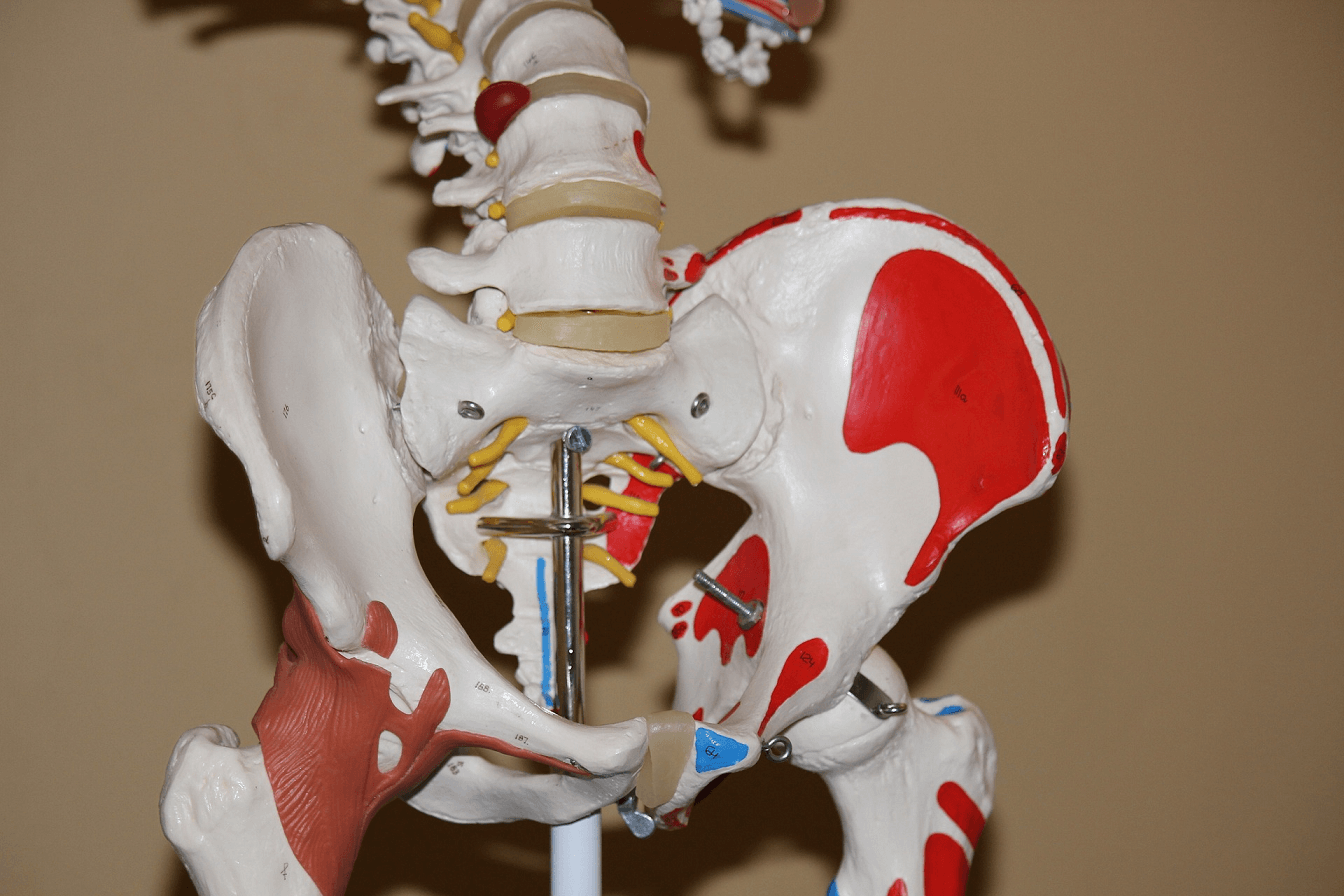
- A narrower space within the knee for the ACL to travel through in females when compared to males.
- Females tend to be more prone to calcium and Vitamin D deficiencies.
- A tendency for female athletes to move differently than males. For example, when female athletes suddenly change direction, they tend to do so on one leg. Male athletes, on the other hand, tend to cut from both feet.
- Some speculate that hormonal changes as a result of the monthly menstrual cycle may also play a role. A 2016 study published in Medicine & Science in Sports & Exercise found that young women who took oral contraceptives were less likely to suffer serious knee injuries than those who didn’t. “Birth control pills help maintain lower and more consistent levels of estrogen, which may prevent periodic ACL weakness”, explains the study’s lead author, Aaron Gray.
- Psychological differences may also play a role. Women are generally perceived to have a higher pain threshold than men and, as a result, they tend to play and train through niggles and injury. This puts them in danger of getting seriously hurt.
Note that a lot of this is based on speculation. A lot of the detail behind the actual reasons for “the gender gap” remains to be confirmed by further research.
Precautionary measures
And while this does paint a gloomy picture for the female athletes out there, all is not lost. Experts have identified a number of precautionary measures that may help decrease the risk of suffering from a sports injury. These include:
- Strengthening certain muscles. In order to help prevent ACL issues, for example, it could be helpful to strengthen the hamstrings and vastus medialis. Be sure to enlist the help of a qualified professional if you’re unsure about which areas to target and how to do it, though.
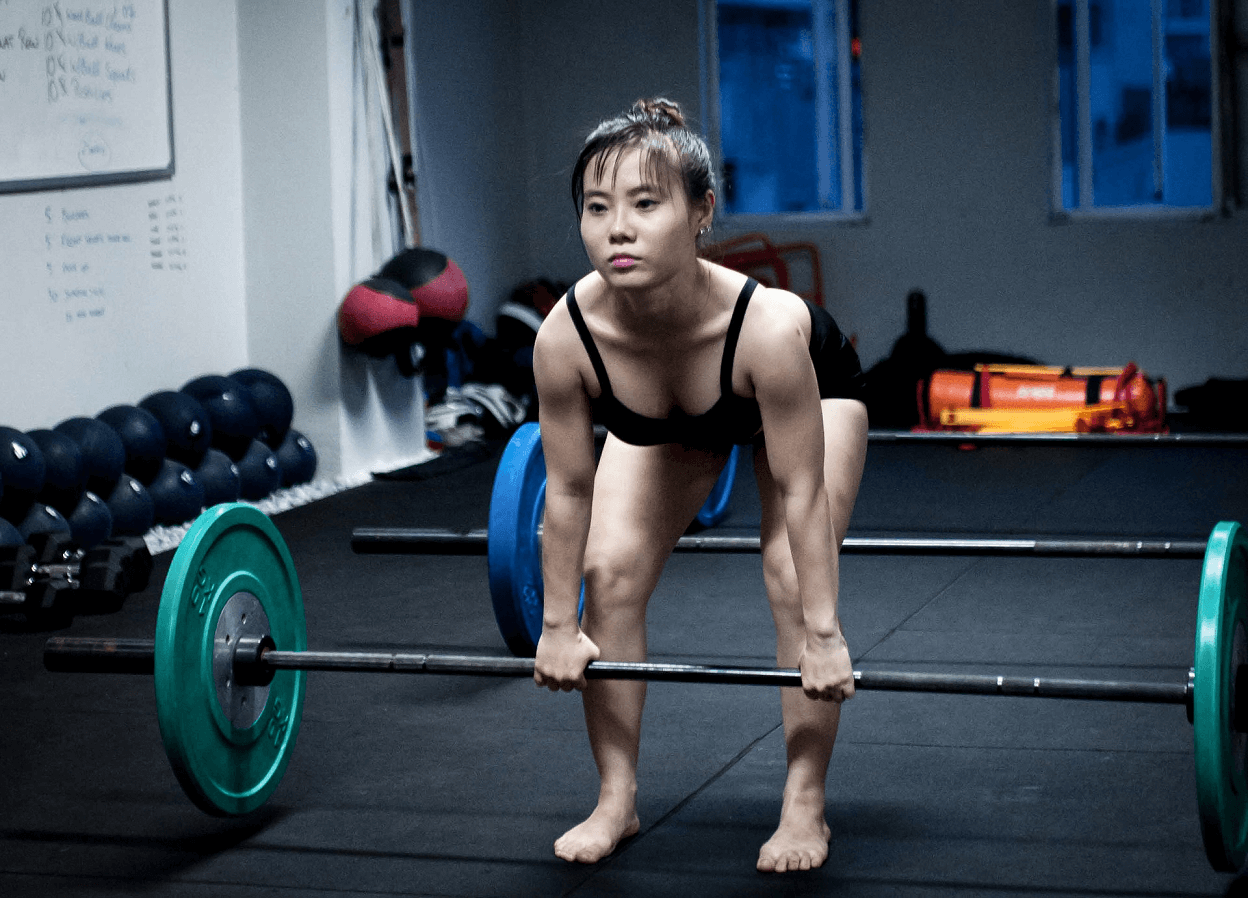
- Neuromuscular retraining. According to sports medicine physician, Dr. Thomas Best, successful neuromuscular retraining programs “teach athletes to control the upper body, trunk, and lower body position; lower the center of gravity by increasing hip and knee flexion during activities; and develop muscular strength and techniques to land with decreased ground reaction forces”. All of which, in turn, make them less injury-prone.
- Ankle bracing. If you have a history of being prone to ankle sprains, wearing an ankle brace during training sessions may help.
- Orthotics. Specific shoe inserts may help provide support if you’re prone to plantar fasciitis or other foot injuries. Once again consult a professional for guidance in this regard.
- Professional help. If you suffer from an eating disorder that is contributing to the “female athlete triad” (i.e. inadequate calorie and nutrient intake, irregular menstruation and a loss of bone density), getting help from a group of professionals is ideal. This includes, but is not limited to, nutritionists, counselors, primary care physicians, coaches, and psychologists.
Keep on running
So until such time as the different vulnerabilities among male and female athletes for certain injuries are better understood, take note of this phenomenon and do what you can do to proactively prevent it. But don’t let is stop you from doing what you love!
Sources
- , The gender gap in sports injuries, Online publication
- , Do Women Face Injury More Than Male Athletes?, Online publication
- , Are women more prone to injury?, Online publication
- , Why are women more prone to knee injuries than men?, Online publication
- , Understanding and preventing ACL injuries: Current biomechanical and epidemiologic considerations - Update 2010, Scientific journal
- , Epidemiology of National Collegiate Athletic Association Men's and Women's Cross-Country Injuries, 2009-2010 Through 2013-2014, Scientific journal
Latest Articles
 Is Running on a Treadmill Easier Than Running Outside?Runners have their own preferences, whether it is treadmill running, running outside on the road, or exploring trails. So...
Is Running on a Treadmill Easier Than Running Outside?Runners have their own preferences, whether it is treadmill running, running outside on the road, or exploring trails. So... Is It OK to Use Trail Running Shoes on the Road?While trail running shoes can be used on roads, especially in situations where a runner encounters mixed terrains or pref...
Is It OK to Use Trail Running Shoes on the Road?While trail running shoes can be used on roads, especially in situations where a runner encounters mixed terrains or pref... How to Fix Sore Quads After Running?Rest, ice, gentle stretching, and over-the-counter pain relievers can help soothe sore quads after running. Also, ensure ...
How to Fix Sore Quads After Running?Rest, ice, gentle stretching, and over-the-counter pain relievers can help soothe sore quads after running. Also, ensure ... 10 Fruits With The Most Electrolytes to Replace Sports DrinksThese fruits are high in electrolytes such as potassium, magnesium, and calcium, essential for hydration, muscle function...
10 Fruits With The Most Electrolytes to Replace Sports DrinksThese fruits are high in electrolytes such as potassium, magnesium, and calcium, essential for hydration, muscle function...

